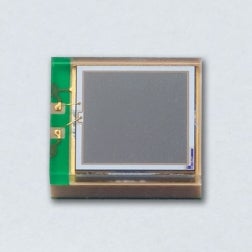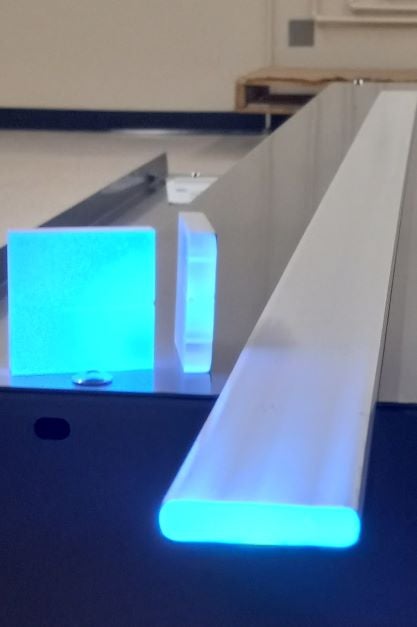The core technology for the CONDOR observatory are plastic scintillators that are readout with wave-length shifting (WLS) fiber, and silicon photo-multipliers (SiPM).
The same tech has been used in several experiments such as: IceCube, Pierre Auger Prime, Mu2e among others.
The CONDOR detector design, which is ongoing, will be optimized for high efficiency to register low-energy photons to increase sensitivity to low-energy cosmic rays.

Inexpensive & Modular

Easy to build and transport

Robust & Low-maintenance

Time resolution: O(1) ns

Dynamic range: 1-10,000 MIPs

Power consumption: <500 mW
The Silicon Photomultiplier (SiPM) is an enabling technology for CONDOR.
SiPMs replace vacuum photomultipliers (PMTs), which are expensive, bulky, fragile, and operate at high voltages.
Modern SiPMs house tens of thousands pixels in a 6x6 mm2 area—each pixel works as a single photon detector.
In the last few years, SiPMs have been deployed in extreme environment such as the South Pole (IceCube) and the Argentinean Pampa (Pierre Auger).



